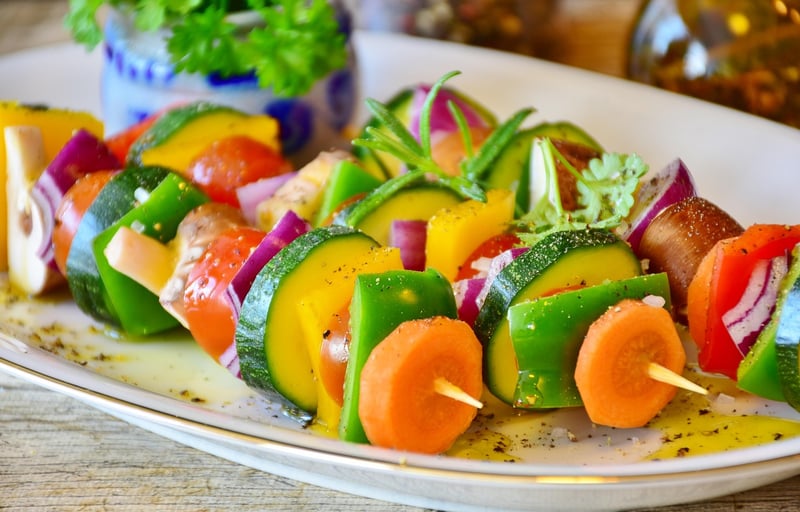Table Etiquette
Exploring Culinary Traditions and Table Etiquette
Food is not just sustenance; it is a reflection of culture, history, and tradition. Culinary traditions around the world are as diverse as the people who create them. From the spicy flavors of India to the delicate sushi of Japan, each cuisine tells a story of its origins and the customs of its people.
Culinary Traditions
One of the most intriguing aspects of exploring culinary traditions is discovering the unique ingredients and cooking techniques that define a particular cuisine. In Italy, pasta is a staple that comes in countless shapes and sizes, each suited to a specific sauce. Mexican cuisine features a wide array of chilies, from mild to fiery, that add depth and complexity to dishes like mole sauce.
Exploring culinary traditions can also lead to a greater appreciation for the importance of food in various cultures. In France, mealtime is a sacred ritual that brings families together to savor each dish slowly and enjoy conversation. In China, the tradition of sharing dishes family-style fosters a sense of community and togetherness.
Table Etiquette
Table etiquette is an essential part of dining in many cultures around the world. Knowing how to conduct oneself at the table shows respect for the meal, the host, and fellow diners. In Western cultures, it is customary to wait until everyone is served before eating, keep elbows off the table, and say "please" and "thank you" to show appreciation.
Asian cultures often have specific etiquette rules, such as using chopsticks correctly, not sticking them upright in a bowl of rice, and not passing food from chopstick to chopstick, as this is reminiscent of a funeral ritual. In Middle Eastern cultures, it is polite to always accept food and drink when offered, as refusing may be seen as a sign of disrespect.
Embracing Diversity
As we delve into the world of culinary traditions and table etiquette, we gain a deeper understanding and respect for the customs of others. Embracing diversity in food and dining practices opens the door to new experiences and connections with people from different backgrounds.

Whether you are dining at a Michelin-starred restaurant or enjoying a home-cooked meal with friends, the exploration of culinary traditions and table etiquette can enhance your dining experience and enrich your understanding of the world around you.
So next time you sit down to a meal, take a moment to appreciate the flavors, the traditions, and the etiquette that make dining a truly universal language.
